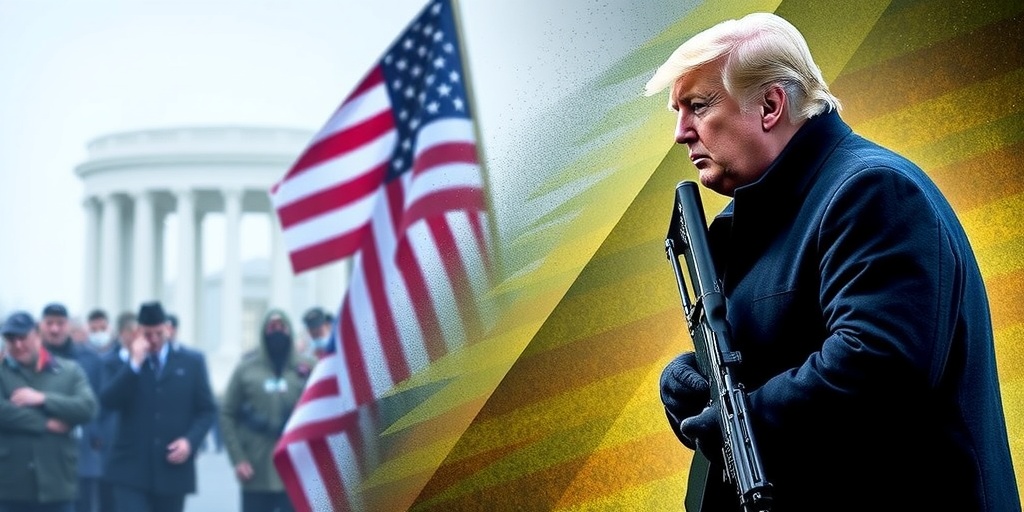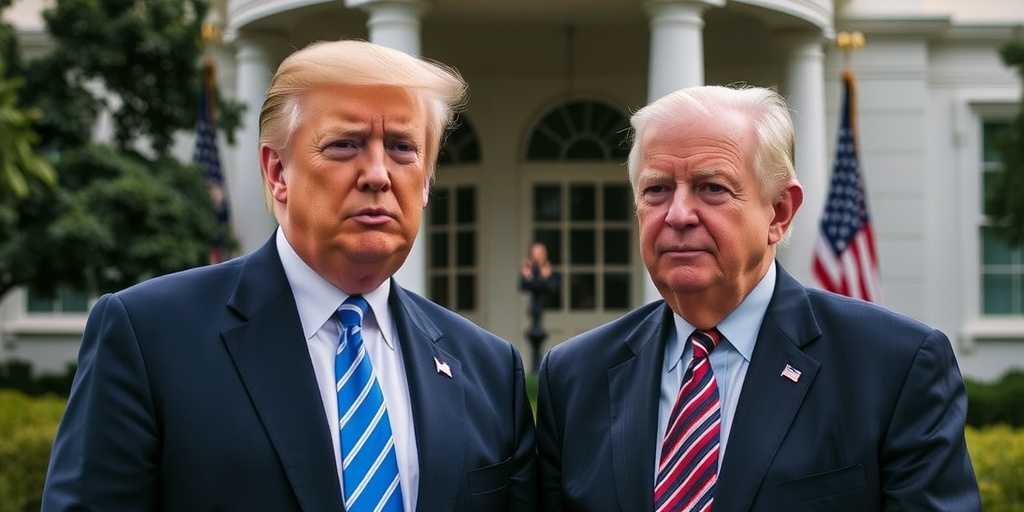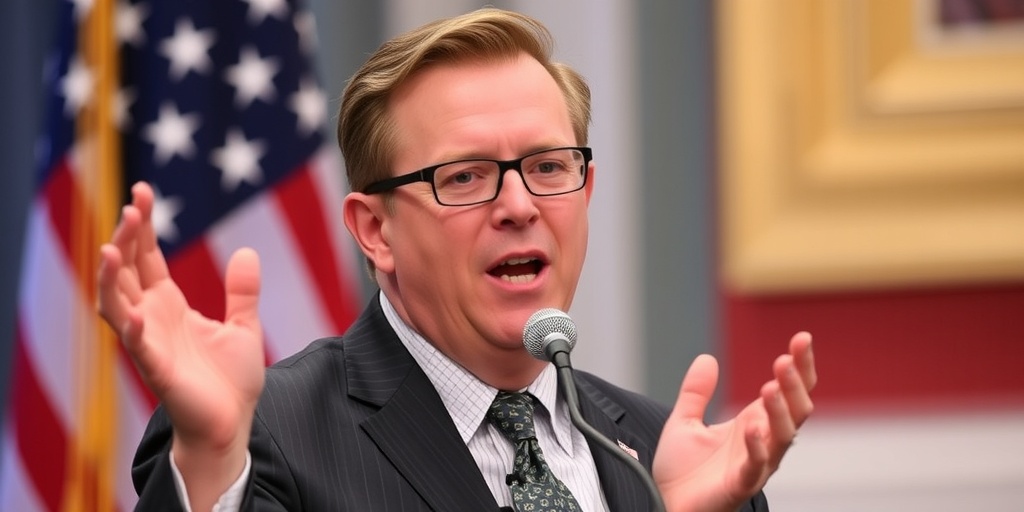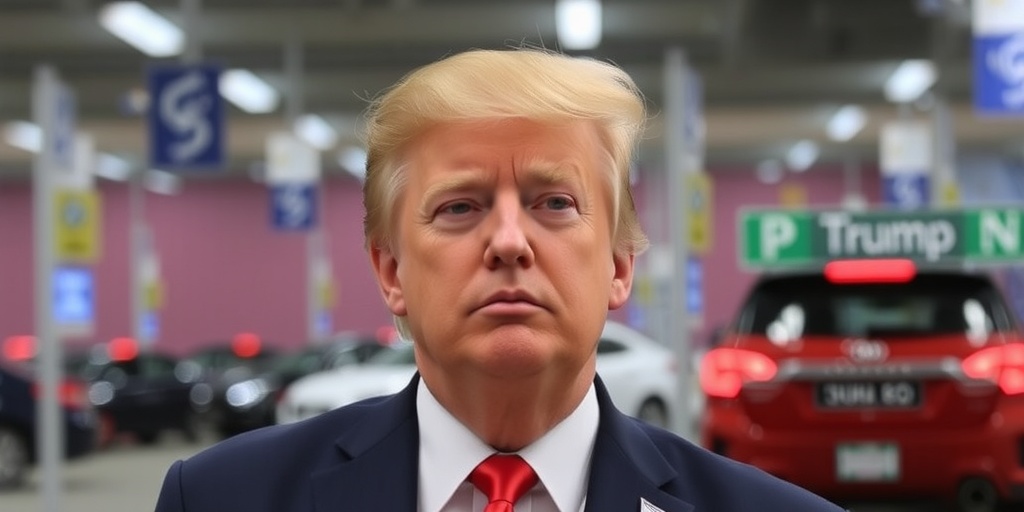Now Reading: Trump’s Aid Freeze to Ukraine May Shift Battlefield Dynamics
-
01
Trump’s Aid Freeze to Ukraine May Shift Battlefield Dynamics
Trump’s Aid Freeze to Ukraine May Shift Battlefield Dynamics

Title: U.S. Military Aid Pause Poses Risks for Ukraine Amid Ongoing Conflict with Russia
As the war in Ukraine continues to reach a stalemate, with territorial gains for Russia being measured in only a few yards, both Ukrainian and Russian forces are incurring heavy casualties. In this precarious environment, President Trump’s recent decision to pause military assistance and intelligence sharing with Ukraine comes as a significant shift, raising concerns about the potential reordering of the battlefield.
Military analysts indicate that while Ukraine has been receiving substantial support from its European allies, including arms and intelligence, the loss of American aid—one of its most crucial sources of support—could shift the momentum in favor of Russia. Ukrainian troops have notably managed to maintain their defenses despite numerical and munitions disadvantages. According to Seth G. Jones, a senior vice president at the Center for Strategic and International Studies, Ukraine’s forces have excelled in preventing a Russian breakthrough thus far.
President Trump’s administration has suggested that the halt in support may be temporary if Ukraine’s President Volodymyr Zelensky agrees to meet the requirements set by the White House. During a recent congressional address, Trump expressed his appreciation for Zelensky’s statement about being willing to “come to the negotiating table.” Currently, the Trump administration seems to exert maximum pressure on Ukraine while applying relatively little on Russia or its president, Vladimir Putin.
If the U.S. is perceived as an unfair mediator, Ukraine might explore alternatives for continuing its fight with European assistance. Trump’s decision not only disrupts ongoing military aid but also impacts billions of dollars worth of arms and equipment that are either on the way or ordered through defense initiatives. The pause halts essential deliveries from U.S. stockpiles and funds intended for Ukraine’s military purchases, along with advanced weapons systems that have been crucial for its defense.
Military experts assert that certain advanced weapon deliveries will be particularly affected by the pause, especially interceptor missiles utilized in Patriot and NASAMS air defense systems, which have proven vital in protecting Ukrainian cities from aerial attacks. Additionally, the intelligence pause deprives Ukraine of crucial information used to target Russian positions on the battlefield.
Trump administration officials have indicated that the withholding of military aid aims to pressure Zelensky into an agreement that would grant U.S. companies access to Ukrainian natural resources. If such an agreement is reached, military supplies already designated by the previous Biden administration might resume. However, uncertainties remain regarding how much additional military aid Trump would be willing to provide.
Moreover, Russian forces are reportedly working to reclaim territory in the Kursk region, a key area that Ukraine had captured the previous year, and are preparing for renewed offensives in the eastern Donbas region. Military specialists predict that Russian operations could intensify in the coming months as they attempt to regroup and repair losses incurred during previous assaults.
Although Ukraine has bolstered its arms production, analysts emphasize the critical need for continued European support. Countries like France and Britain are providing satellite imagery, but experts point out that intelligence from European satellites may not be as comprehensive as that provided by American assets. If the intelligence sharing remains suspended, Ukrainian officials warn of severe consequences for their battlefield effectiveness.
A prolonged halt in advanced military supplies would not only degrade Ukraine’s ability to conduct long-range strikes but could also render its cities and troops increasingly vulnerable to missile and drone attacks. The Trump administration has been sending some previously promised ammunition and weaponry to Ukraine, including multiple launch rocket systems and antitank weapons, but the urgency remains for more complete support.
The ongoing conflict underscores the complexity of military reliance and geopolitical strategy. Despite significant Russian losses on the battlefield, an extended shortage of essentials like air defense interceptors could tilt the balance unfavorably for Ukraine. Observers note that while European stockpiles may include necessary interceptors, supplying them to Ukraine could compromise their own air defense systems.
As NATO allies convene to assess their military readiness and support for Ukraine, the pause raises pressing questions about ongoing commitments and strategy. While Trump’s statement regarding Zelensky implied that Ukraine was at a disadvantage, retired Lieutenant General Frederick B. Hodges pointedly remarked that such a perspective overlooks the resilience and motivations of Ukrainian forces.
The potential outcomes of the current crisis are dire. A Ukrainian success with adequate European backing might diminish American influence and credibility, while a Russian victory could embolden Putin’s ambitions and destabilize Europe further. As military officials continue to navigate these turbulent waters, the future of Ukraine’s struggle hangs in the balance, with critical decisions yet to be made regarding international support and military assistance.
Stay Informed With the Latest & Most Important News
Previous Post
Next Post
-
 01New technology breakthrough has everyone talking right now
01New technology breakthrough has everyone talking right now -
 02Unbelievable life hack everyone needs to try today
02Unbelievable life hack everyone needs to try today -
 03Fascinating discovery found buried deep beneath the ocean
03Fascinating discovery found buried deep beneath the ocean -
 04Man invents genius device that solves everyday problems
04Man invents genius device that solves everyday problems -
 05Shocking discovery that changes what we know forever
05Shocking discovery that changes what we know forever -
 06Internet goes wild over celebrity’s unexpected fashion choice
06Internet goes wild over celebrity’s unexpected fashion choice -
 07Rare animal sighting stuns scientists and wildlife lovers
07Rare animal sighting stuns scientists and wildlife lovers





















